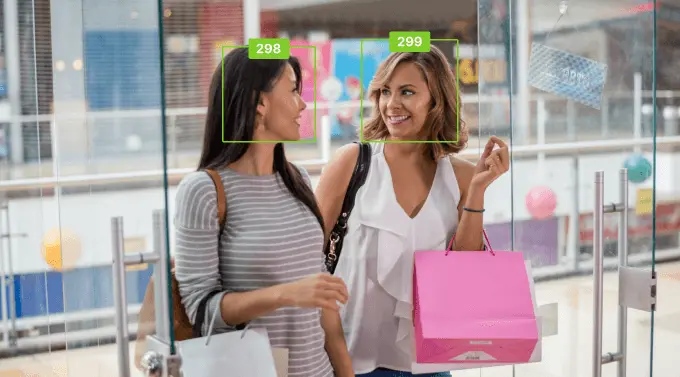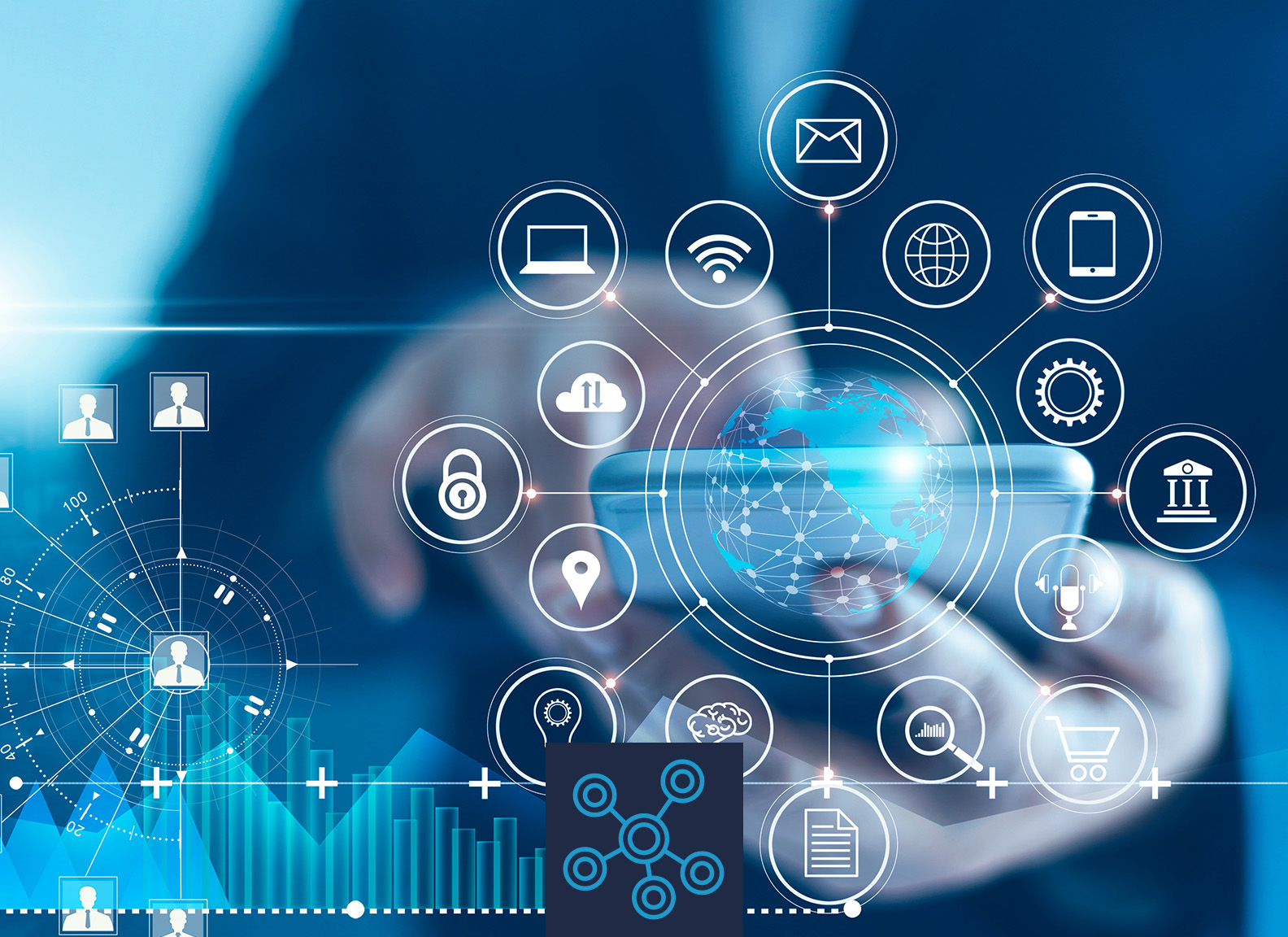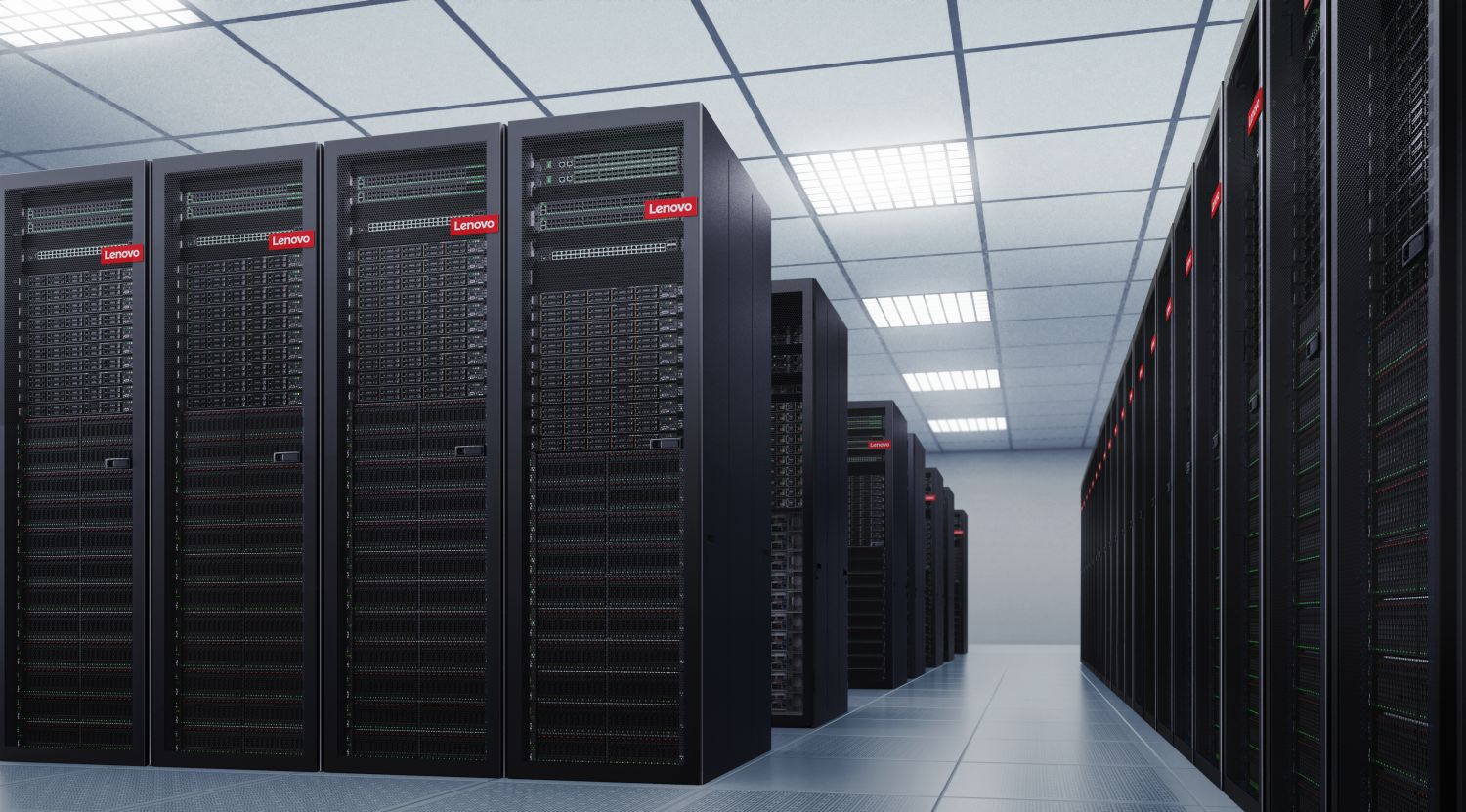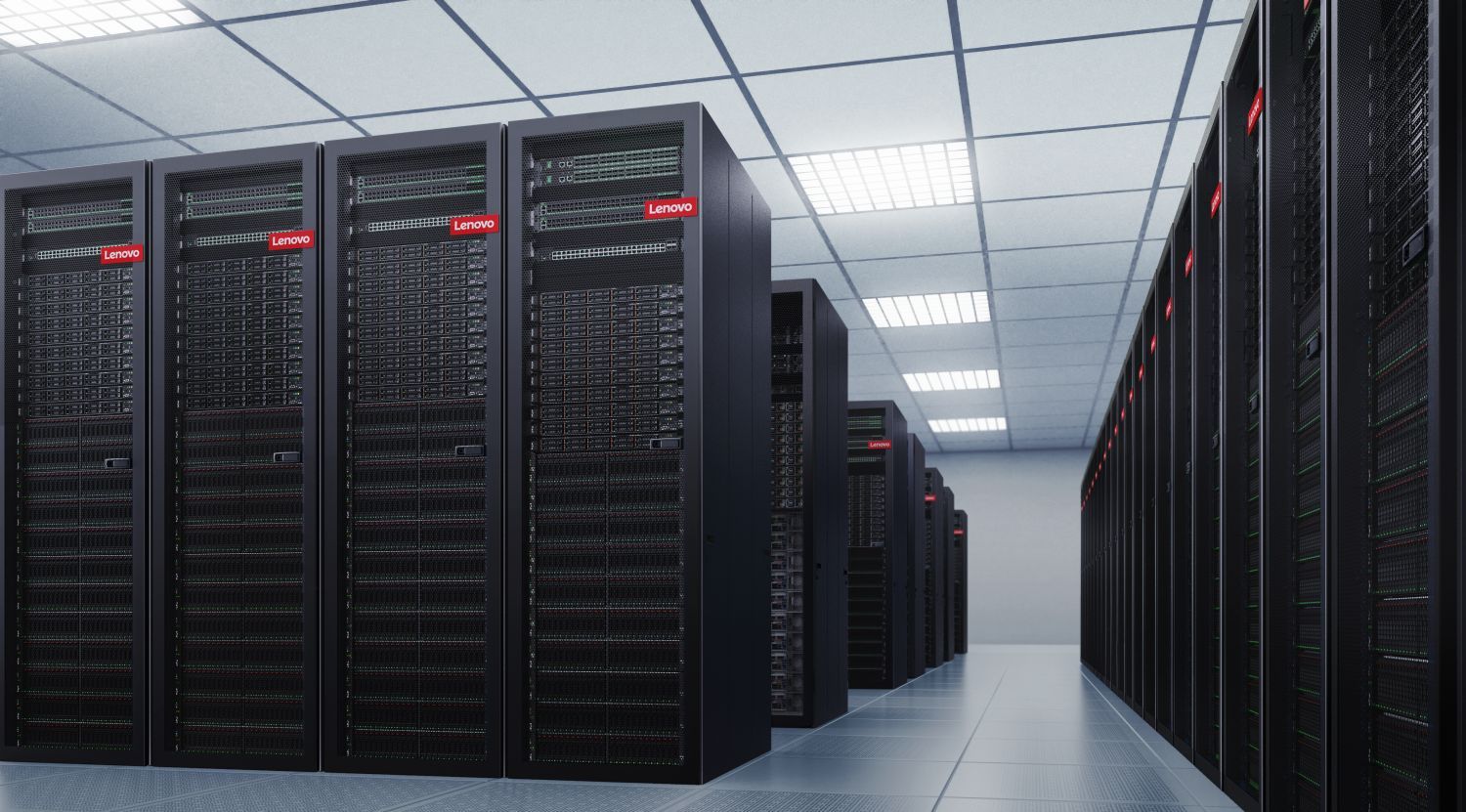Retail Footfall Analytics for Shopping Malls: How it have revolutionized shopping mall experiences

Retail footfall analytics, the practice of measuring and analyzing the number of people entering a shopping mall or a specific store, has profoundly transformed the retail industry. Through the use of advanced technologies such as sensors, cameras, and data analytics software, shopping malls are now able to gather detailed insights into consumer behavior. This transformation has not only enhanced the operational efficiency of malls but also significantly improved the overall shopping experience for consumers. In this essay, we will explore how retail footfall analytics have revolutionized shopping malls from various perspectives, including operational efficiency, consumer experience, marketing strategies, and economic impact.
Enhancing Operational Efficiency
One of the primary benefits of retail footfall analytics is the improvement in operational efficiency within shopping malls. By understanding the flow of foot traffic, mall management can make informed decisions about staffing, maintenance, and security.
- Staffing and Resource Allocation: Footfall data allows mall operators to allocate staff more effectively. For instance, by identifying peak shopping hours, management can ensure that more staff are available during these times to assist customers, thereby reducing wait times and enhancing service quality. Conversely, during off-peak hours, staffing levels can be reduced to save on labor costs.
- Maintenance and Cleanliness: High foot traffic areas often require more frequent maintenance and cleaning. Footfall analytics can pinpoint these areas, enabling more efficient allocation of cleaning staff and resources. This ensures that the mall remains clean and inviting, which is crucial for attracting and retaining customers.
- Security Management: Understanding foot traffic patterns also aids in enhancing security. By identifying high-traffic areas and peak times, security personnel can be strategically deployed to prevent theft, manage crowd control, and respond swiftly to emergencies.
Improving Consumer Experience
The integration of footfall analytics has significantly enriched the shopping experience for consumers. By leveraging data, malls can create a more personalized, convenient, and enjoyable shopping environment.
- Personalized Shopping Experience: Data collected from footfall analytics can be combined with other data sources, such as purchase history and customer preferences, to offer personalized recommendations and promotions. This level of personalization can enhance customer satisfaction and loyalty.
- Optimized Store Layouts: Footfall data can reveal which areas of the mall are most and least visited. Retailers can use this information to optimize store layouts, ensuring that popular products are easily accessible and that the overall shopping journey is smooth and intuitive. This can lead to increased sales and a more pleasant shopping experience.
- Enhanced Mall Navigation: By analyzing foot traffic patterns, malls can improve signage and wayfinding systems. Clear and effective navigation helps customers find their desired stores and amenities quickly, reducing frustration and improving the overall shopping experience.
- Events and Attractions: Footfall analytics can help mall operators plan and manage events more effectively. By understanding which types of events draw the most visitors, malls can tailor their event offerings to meet customer preferences and maximize attendance.
Data-Driven Marketing Strategies
Retail footfall analytics provide invaluable insights that can drive more effective marketing strategies. By understanding customer behavior, malls can create targeted marketing campaigns that resonate with their audience.
- Targeted Promotions: Footfall data can identify trends in customer behavior, such as the most popular shopping times and the demographic characteristics of visitors. This information can be used to design targeted promotions that attract specific customer segments.
- Advertising Effectiveness: By correlating foot traffic data with marketing campaigns, malls can assess the effectiveness of their advertising efforts. This enables them to refine their strategies, focusing on the channels and messages that drive the most traffic and conversions.
- Tenant Mix Optimization: Footfall analytics can help malls understand which types of stores and services are most popular with their visitors. This insight can guide decisions about the tenant mix, ensuring that the mall offers a diverse range of stores that meet customer needs and preferences.
Economic Impact
The adoption of footfall analytics not only benefits individual malls but also has broader economic implications. By improving the efficiency and attractiveness of shopping malls, footfall analytics contribute to the overall health of the retail sector.
- Increased Revenue: Enhanced operational efficiency, improved customer experiences, and effective marketing strategies can lead to increased foot traffic and higher sales. This boosts revenue for both mall operators and individual retailers.
- Tenant Retention: By providing a more attractive shopping environment and supporting tenants with valuable insights, malls can improve tenant retention rates. Happy tenants are more likely to renew their leases, ensuring a steady stream of rental income for mall operators.
- Job Creation: The need for skilled personnel to analyze and interpret footfall data creates new job opportunities. Additionally, increased mall traffic and sales can lead to job creation within retail stores, contributing to the local economy.
- Urban Development: Successful shopping malls can drive urban development by attracting other businesses and services to the area. This can lead to the revitalization of neighborhoods and increased property values.
Technological Integration and Future Trends
The future of retail footfall analytics lies in the integration of advanced technologies such as artificial intelligence (AI), machine learning, and the Internet of Things (IoT). These technologies can provide even deeper insights and enable real-time decision-making.
- AI and Machine Learning: These technologies can analyze vast amounts of foot traffic data to identify patterns and predict future trends. This allows mall operators to be proactive in their planning and response strategies.
- IoT and Smart Sensors: The deployment of IoT devices and smart sensors throughout a mall can provide continuous, real-time data on foot traffic. This real-time data can be used to make immediate adjustments to staffing, security, and other operational aspects.
- Integration with Mobile Apps: Footfall analytics can be integrated with mobile apps to provide a seamless shopping experience. For example, apps can offer personalized recommendations, guide customers through the mall, and provide real-time information about promotions and events.
- Sustainability Initiatives: Footfall data can also support sustainability initiatives by optimizing energy usage.
Conclusion
Retail footfall analytics, enabled by advanced footfall counting software, has revolutionized the shopping mall experience in profound ways. By providing detailed insights into visitor behavior, these technologies have enhanced operational efficiency, improved retailer performance, and enriched customer experiences. As technology continues to evolve, the potential for even greater innovation in this field is immense, promising an exciting future for shopping malls and their patrons. Footfall analytics not only supports the business objectives of mall operators and retailers but also ensures that shoppers enjoy a seamless, personalized, and engaging experience.




